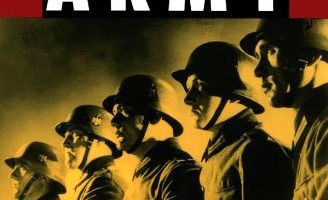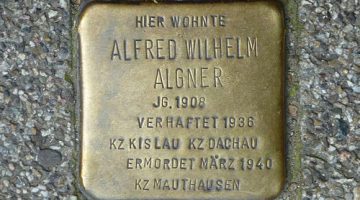
At the Battle of Stalingrad in January 1943, the German Wehrmacht looked hopeless.
The past is never dead. It's not even past

At the Battle of Stalingrad in January 1943, the German Wehrmacht looked hopeless.

The period from 1914-1945 has sometimes been called a "European Civil War," but that concept has rarely been put to a systematic examination. Fortunately, Italian historian Enzo Traverso's recent work A Ferro e Fuoco, which can be loosely translated as Put to the Sword, offers some intriguing proposals for understanding the period as a continental civil war.

College freshmen have no personal knowledge of the Cold War. Born after the Berlin Wall’s fall and the Soviet Union’s collapse, the threat of nuclear Armageddon seems far removed from their experiences, a relic of a bygone age. Yet, today, more countries than ever hold weapons whose scale of destruction can dwarf that of every bomb used in World War II.

Demnig’s project asks Germans to take an active role in the reconstruction of the Nazi past of their own cities and localities. Demnig sets stumbling stones in the pavement only on the invitation of local organizations or groups of citizens who have developed an interest in his project and who have researched the histories of the victims who are to be remembered with these stones.
All content © 2010-present NOT EVEN PAST and the authors, unless otherwise noted
Sign up to receive our MONTHLY NEWSLETTER